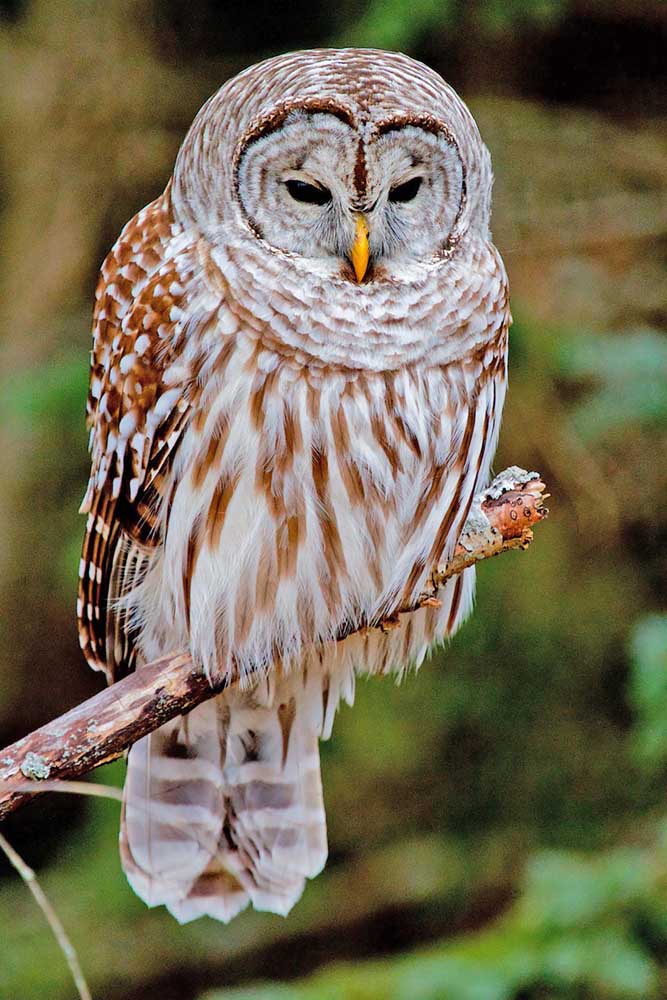Birding: Look for birds that give a hoot!
Published 2:41 pm Thursday, November 4, 2021

- Barred owls fly silently through the forest. When perched they blend in well with their surroundings.
Owls are called raptors or birds of prey. They have keen eyesight, sharp talons and curved bills which helps them in their hunt for a tasty snack or a full meal deal.
Trending
The field checklist of birds for the Willapa National Wildlife Refuge and the Peninsula lists nine species of owls. The long-eared owl has been recorded, but is rare in our area in every season, and snowy owls are considered accidental. They wander into our area in the winter from their usual haunts further north.
The other seven species are permanent residents. They are classified as being uncommon, which means they are around but are not certain to be seen.
One of the most well known and most often seen owls in our area is the great horned owl. This is not surprising since it is the most familiar, common and widespread owl in the U.S. and Canada. It is large and powerful, and capable of killing mammals much heavier than itself. Some science writers suggest that the great horned owl is renowned for this capability. The favorite mammals in its diet include raccoons, rabbits, skunks and mice, but another favorite meal is owl. The great horned never hesitates to kill and eat another owl.
Trending
A few Christmases bird counts ago I was walking down a trail on our wetland property to count the species there and to count what species were floating around on Willapa Bay. At the edge of the bay is a small grove of trees. They are mainly conifers and some small fruit bearing shrubs and trees.
As I approached the grove, a large bird came flying up out of the grassland with a fluttering of wings and landed in a small tree. It was my first barred owl on the peninsula, and it was thrilling. I had heard the “who cooks for you?” call many times but had never managed to see the owl. As I stood in awe, gazing at this wondrous creature, another flew from the grove to join its partner. I was star struck! What an amazing experience it was to see two owls together. I watched them until they flew off together to hunt for their lunch.
I continued my journey down the trail and through the grove of trees. The owls had been using it for some time because there were regurgitated pellets under one of the conifers, a sure sign they were using the grove as a roost. The barred owl is generally a nocturnal hunter, but it will also hunt during the day just as it was doing on that day of the bird count.
Many other owl species of our area are also diurnal, including the short-eared owl and the northern pygmy owl. Three of our owls are small. The tiniest is the northern pygmy owl at just over six and a half inches which is about the same size as a sparrow. The western screech owl is 8-9 inches, while the northern saw-whet is only 7-8 inches. The northern saw-whet is probably the most common of our smallest owls.
Owls are magical. Being on a bird count and on a narrow trail, I didn’t have my camera with me. So I missed some amazing shots but the awesomeness of what I witnessed was worth the missed photo op.
Happy birding!









